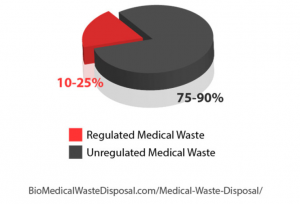The healthcare industry is endlessly changing. And the current push toward a value-based pay model has inspired physicians to continuously look for ways to improve the overall quality of care being provided. This can be accomplished by increasing transparency, reducing operational inefficiencies, and enhancing existing processes.
Enter the referral management system, an exceptional tool that allows providers to streamline communication among primary care physicians, specialists, and any other health providers involved throughout the patient’s care continuum.
Why is this useful?
Because the goal of providers it to maximize quality and efficiency while minimizing the costs of care. While it took a little effort to get the majority on board, most providers embrace technology as a way to streamline administrative operations.
Here are 3 ways referral management systems can improve patient care:
1. Reduced Leakage
Referral leakage is a big problem in our industry and is responsible for millions in lost revenue for health systems. An effective referral management solution can help coordinators and transition managers identify provider affiliations across entire networks. Less patients leave the system – more revenue is earned.
2. Decreased Lead Times
Often, PCPs refer patients to specialists even when that specialty visit may not be all that beneficial. In fact, some studies have found that up to 65% of these referrals are completely unnecessary. These visits create long waiting times for those patients that actually do need to see the specialist. The result? Poor health outcomes.
Obviously, the biggest issue here is providers needlessly referring patients to specialists. But beyond that, much of the problem can be solved by having efficient processes that decrease lead times and wait times and lead to happier patients.

3. Better Communication
Referral management systems can come in very handy, particularly for those providers who practice under a health network umbrella. These days, most ACOs operate on a value-based care model. This requires integrated communication solutions that help teams maintain, if not improve, quality.
Many referral management systems use an open API interface that allows integration with existing EHR technologies. Other features to look for are access to real-time patient data. This helps providers route e-consults and referrals to the most appropriate physician.
The bottom line is, referral management solutions allow for efficient communication and timely updates on patient status. This help providers become more transparent in their care practices resulting in higher quality metrics and patient satisfaction scores.


